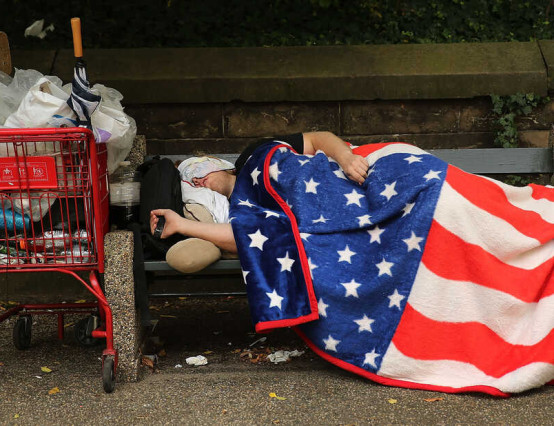Invisible Child is a compelling and unforgettable account of a young girl's unwavering spirit challenged by the harsh realities of homelessness, poverty, and racism in an unequal America. This narrative, penned by Pulitzer Prize-winning journalist Andrea Elliott from The New York Times, unfolds over a span of eight years in the life of Dasani Coates. Born in 2001, Dasani is named for the bottle water - a name that comes to symbolise Brooklyn’s gentrification. As she navigates through the struggles of moving from shelter to shelter with her close-knit family that consists of eight siblings, the narrative delves into the historical backdrop of Dasani's ancestors, tracing their journey from slavery to the Great Migration north. As Dasani matures, New York City's homelessness crisis intensifies, deepening the gap between the wealthy and the underprivileged. Dasani must guide her seven siblings through a labyrinth of challenges, including hunger, parental substance abuse, violence, unstable housing, segregated schools, and the constant oversight of child protective services.
One of the book's most striking aspects is its recurrent illustration of how poverty is frequently treated as a crime in America. Numerous instances arise where the simple provision of material resources could have offered assistance to Dasani's family.Instead, the government opted to penalise them, sometimes even resorting to the drastic measure of separating parents from their children for the sole "offence" of being poor and homeless. The profound inequality existing in American society is an issue that many readers will already be familiar with. The intricate connection between racism and other systems of oppression, as well as the challenge of breaking the cycle of poverty, are also well-known to many. Nevertheless, there is a world of difference between acknowledging these realities as mere facts and truly comprehending their real-life repercussions. By providing a case study and demonstrating how these issues impact genuine individuals, Elliott delivers a powerful emotional punch.
Additionally, Dasani emerges as the central figure, capturing every chapter with a remarkable blend of humour, heart, and courage. Dasani has a deeply resonant presence that is rarely encountered in nonfiction. Witnessing Dasani's growth, her profound sibling bonds, and the interplay between her victories and setbacks stands out as the most compelling aspect of the story. Regardless of her circumstances, she consistently perseveres, steadfastly supporting her siblings even in the most challenging of situations.
All in all, this book offers a vivid lens through which to view some of the most pressing issues in contemporary America, all through the life of one remarkable girl. Provoking thought and inspiring hope, Invisible Child underscores the significance of family, and highlights the toll of social inequality.








0 Comments